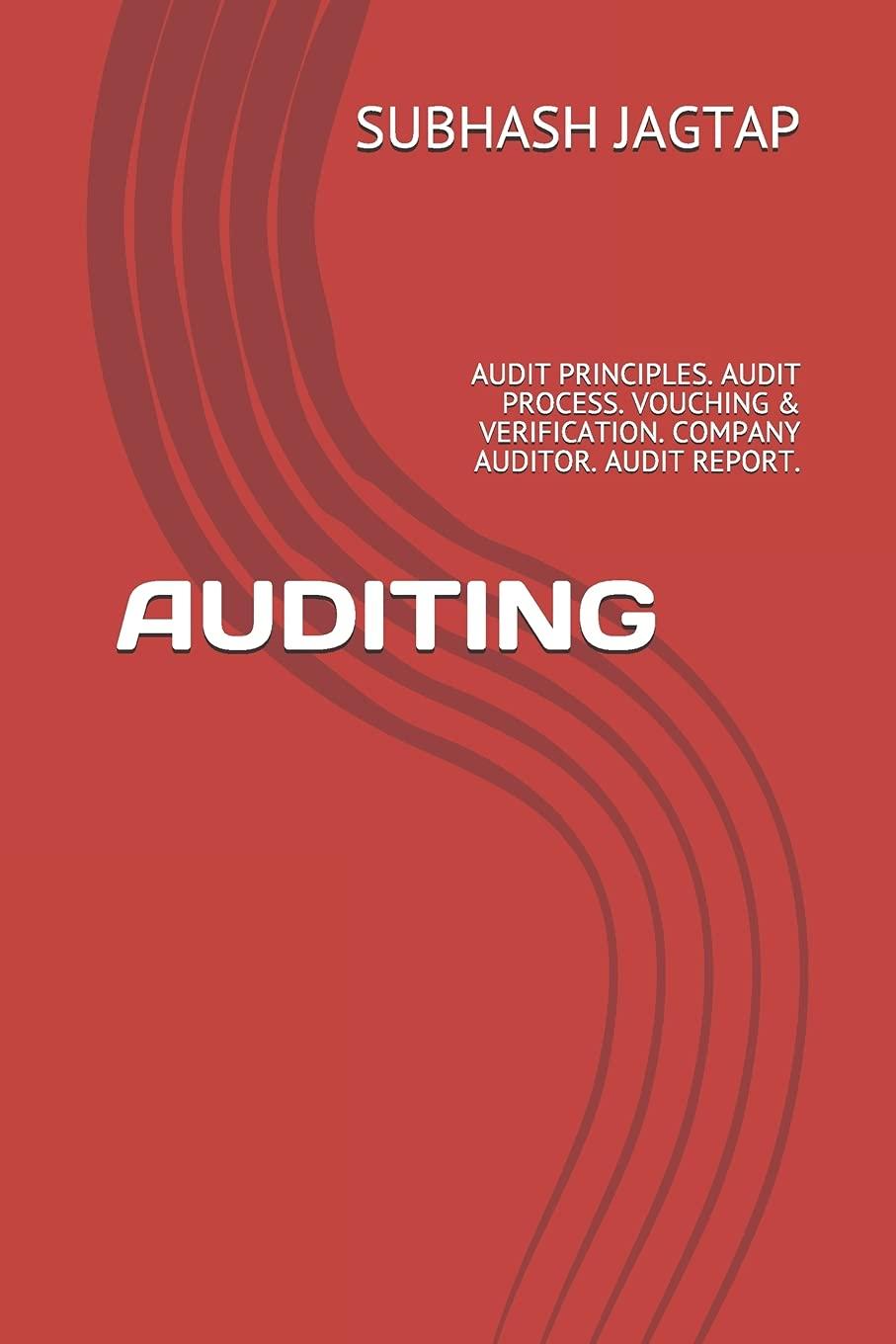Question
Anthony Albanese warned his caucus this week to brace for difficult decisions in next month's budget. Labor MPs who've enjoyed an election win, a successful
Anthony Albanese warned his caucus this week to brace for "difficult decisions" in next month's budget. Labor MPs who've enjoyed an election win, a successful first 100 days in government and soaring opinion poll numbers could well be facing a reality check. The degree of difficulty over the coming weeks is set to climb. By the time of the October 26 budget, inflation will have edged higher, petrol prices will have jumped 22 cents a litre with the temporary fuel excise cut having come to an end and banks will have passed on the latest interest rate rise announced this week, if not another. The cost-of-living squeeze, for many, will be more of a crush. Anyone expecting the sort of "relief" delivered in the last budget, however, will be sadly disappointed. When then treasurer Josh Frydenberg delivered the March budget, the cost-of-living squeeze was comparatively gentle, but an election was on the way. The Morrison government pumped nearly $9 billion into the pockets of low- and middle-income earners, pensioners, and motorists on the grounds of providing "relief". Labor rubber stamped the lot. Just weeks before a campaign, apparently, was not the time to be arguing for a more responsible approach. The "difficult decisions" the Prime Minister now says will be made in the October budget aren't about cutting spending. They're about saying no to calls for new spending from an electorate conditioned during the pandemic to expect more from government. No cheque in the mail for taxpayers Treasurer Jim Chalmers is making it clear the game has changed. The fuel excise cut will not be extended nor repeated. There will be no tax offset cheques in the mail nor bonus payments for pensioners. Nor, it seems, will there be room to immediately increase the rate of JobSeeker beyond this week's automatic indexation move to 26 weeks paid parental leave, nor to bring forward higher childcare subsidies to an earlier start date, as worthy as these proposals may be. The list of demands on the Treasurer will surely grow over the next seven weeks, particularly as thecost-of-living squeeze tightens. The temptation to spend temporary budget windfalls delivered bysurging commodity prices, will be great. However, the difficulty facing the Expenditure Review Committee of Cabinet will be holding the line. The consensus on show at last week's Jobs and Skills Summit, or even around Labor's 43 per cent climate target, does not extend to the budget. There's little common ground to be found on questionsof spending, saving and taxation. The test for Labor will be whether it can withstand the pressure coming on all fronts. Can it deliver abudget that gives little additional help when voter concerns over cost- of-living are peaking? There will, of course, be some help. The Treasurer will use his first budget to fund Labor's pre-election promises on childcare, cheaper medicines and tax breaks for electric vehicles. Last week's promise ofmore fee-free TAFE places can now be added to the list. They all need to be accounted for in the budget, but won't make an immediate difference for someonestruggling to make ends meet. Signs that we're feeling the pinch For some, there clearly is no cost-of-living crisis. At least not according to recent data. Shopperscontinue to spend big in stores, cafes and restaurants. Household spending fuelled yesterday's healthy National Accounts figures. Annual economic growthcame in at 3.6 per cent, driven largely by consumer spending up 2.2 per cent in the June quarter and 6 per cent for the year. Still, there are signs households were starting to feel the pinch in the three months to the end of June, even before the aggressive interest rate hikes that followed in July, August and again this week. The household savings ratio fell from 11.1 per cent to 8.7 per cent in the June quarter. As Chalmersnoted: "While households on average are still saving, they're saving less." Many aren't saving at all. "There's not a switch that we can flick to make cost-of-living pressures go away overnight", Chalmers said. There's certainly not one he's willing to flick. The Treasurer is wary of making the Reserve Bank's already difficult task of reining in inflation evenharder, by adding more stimulus to the economy. Nor does he want to make his own task of budget repair even more punishing. Chalmers flags some spending cuts in the budget, but nothing "savage". Labor will take the axe to any "rorts and waste" it can find in the former government's grant programs. Some infrastructure projects might be pushed back. But there won't be any significant spending cutsthat cause the government political grief. The job will be hard enough over the coming weeks just saying no to the calls to spend more.
You should use the static AD-AS model to consider each part.
aStarting from an equilibrium condition at full employment, depict and discuss what has occurred in terms of inflation in the Australian economy during 2022
bThe article notes that there are cost of living pressures on Australians at present. Using a diagram, discuss why the government might however be reluctant to increase government spending in an inflationary environment
Step by Step Solution
There are 3 Steps involved in it
Step: 1

Get Instant Access to Expert-Tailored Solutions
See step-by-step solutions with expert insights and AI powered tools for academic success
Step: 2

Step: 3

Ace Your Homework with AI
Get the answers you need in no time with our AI-driven, step-by-step assistance
Get Started


